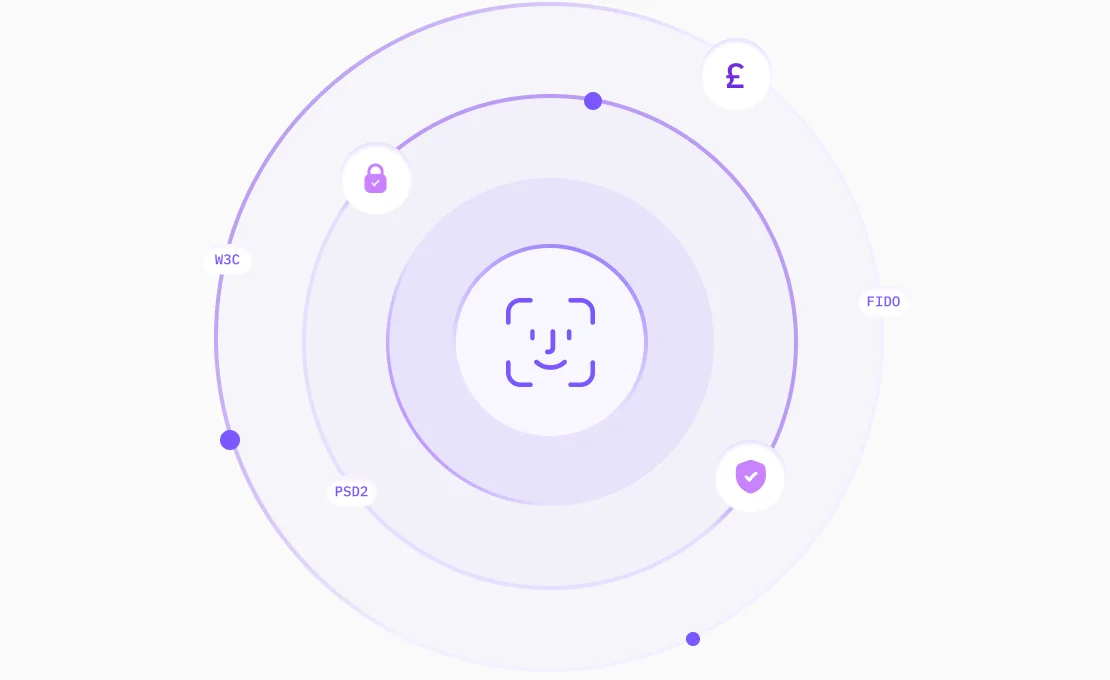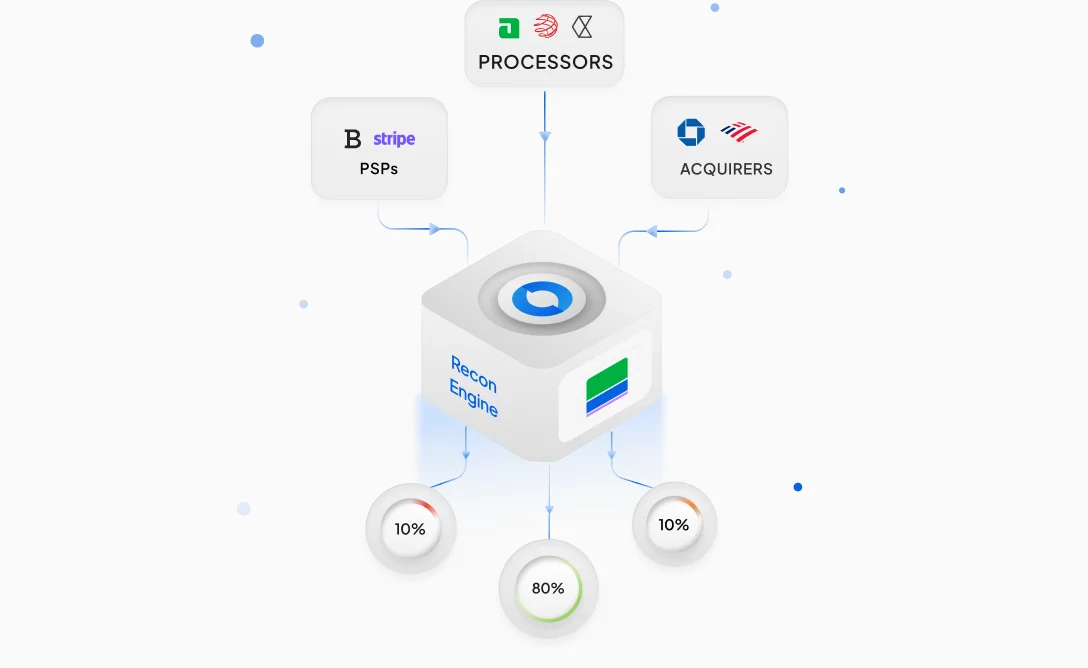ACH Payments: Understand Its Meaning and Operation
Amidst the dynamic nature of financial movements, ACH payments have become a foundation that has revolutionised how businesses handle their finances. Their evolution indicates a move towards efficiency, cost-effectiveness and adaptability, thus making ACH the right choice for organisations operating within the uncertainties of contemporary business.
With ACH payments, businesses find a robust financial instrument that goes beyond merely meeting today’s needs but also puts them in the best possible position for tomorrow. The following article investigates the concept, forms, functionality, and significant advantages of ACH payments and helps to understand this innovative financial instrument in detail.
Unlocking the Power of ACH Payments
ACH Payments are an electronic funds transfer system which ensures effortless movement of money between banks and other financial institutions. It is an electronic substitute for paper-based transactions that enable the transmission of funds from one account to another.
The ACH Payments model uses batch processing, where multiple transactions are batched and processed as a unit. This is how the batch processing system sets ACH Payments apart from real-time payment systems as an efficient method for handling high volumes of transactions.
What Are the Key Characteristics of ACH Payments?
1. Electronic Fund Transfers
ACH Payments allow the electronic transmission of money and thus reduce the use of paper checks or cash. This encourages easy and speedy financial transactions.
2. Batch Processing
As stated earlier, ACH Payments work under a batch processing system where several transactions can be pooled together for simultaneous handling. This creates efficiency, especially in routine and repetitive transactions.
3. Credit and Debit Transactions
ACH processes credit and debit transactions. Users may make direct deposits, for instance, payroll, and authorise direct debits for recurrent bills.
4. Wide Range of Use Cases
ACH Payments are multipurpose and have a wide range of uses, such as payroll processing, bill payments, vendor payments, etc. The variety of use cases makes ACH popular in many industries.
5. Regulatory Oversight
ACH Payments are also regulated and follow the standards set by NACHA in America.
What Are the Types of ACH Payments?
After a firm foundation has been laid in terms of what ACH Payments are, identifying the different types that exist within this electronic funds transfer system is critical. ACH Payments include a variety of transaction types that have other uses. Let’s discuss the various types of ACH Payments and their unique characteristics.
1. Direct Deposits
ACH transactions involve direct deposits or electronic transfers to the account of a receiver. This class of business use cases is typically related to payroll processing as employers deposit salaries into employee bank accounts through ACH.
2. Direct Payments
Direct payments, or direct debits as they are also known, allow the sender to withdraw money directly from a recipient’s account. This is mainly employed for regular payments such as utility bills, mortgage instalments or membership fees.
3. Wireless Carrier ACH Billing
This category represents ACH transactions used for billing wireless services. The billing process has also been improved to be smooth and easy for users because they can have automatic payments set up on their mobile phone bills.
4. Business-to-Business (B2B) Payments
B2B ACH Payments are payments made between businesses. The following category assists in streamlining supplier payments, vendor transactions and other business-related financial activities.
5. Person-to-Person (P2P) Payments
ACH Payments enables people to make electronic transfers between themselves. In the light of digital payment platforms, P2P transactions have grown in popularity because they have become a convenient means for friends, relatives, or acquaintances to send money among themselves.
6. E-checks
The electronic version of paper checks and e-checks functions in the same way as a physical check. Then, ACH transactions, which are like check payments, are initiated by users and help increase efficiency while eliminating physical checks.
How Are ACH Payments Conducted?
Businesses and consumers involved in electronic fund transfers need to understand the internal workings of ACH Payments. The process has a number of stages that ensure safe and reliable transactions. Below mentioned are the intricacies of how ACH Payments work:
1. Initiation of Payment
The ACH payment process starts with the initiation of a transaction. This may be caused by an individual or a business, which implies the desire to transfer funds electronically.
2. Authorisation and Verification
In the case of ACH debit, the required authorisation is sought from the payer. This usually requires explicit consent or a recurrent payment arrangement to be established. Secondly, the system authenticates the transaction details.
3. Submission to ACH Network
When approved, the payment information is forwarded to the ACH network. This network acts as the processing centre for ACH transfers, controlling the movement of funds between financial institutions.
4. Routing and Forwarding
The ACH network forwards this transaction to the corresponding banks of the payer and payee. This includes transferring the payment details to the payer’s bank for debiting funds and that of the payee for crediting into an account.
5. Transaction Settlement
The pay-out process is the actual movement of funds from a paying account to that of a beneficiary. This phase guarantees that an amount is debited from a payer’s account and credited to the required payee’s account.
6. Notification and Recordkeeping
When the deal is done, both participants are notified of a successful transfer. Most of the financial institutions document ACH transactions for audit and reconciliation purposes.
How Are ACH Payments Beneficial Over Other Payment Methods?
ACH Payments is a payment method that has some unique features that make it different from conventional forms of payment. Here are the key benefits that make ACH Payments an attractive choice for businesses and individuals alike:
1. Cost-Effectiveness
The ACH transactions are significantly cheaper than traditional payment methods like checks or wires. The low processing costs make it a cost-saving option for firms, especially those that are frequently transacting.
2. Efficiency and Speed
ACH Payments significantly reduce the transfer time compared to traditional paper-based methods. Now, transactions tend to settle faster, which provides businesses with better cash flow management and allows recipients to receive funds quickly.
3. Reduced Risk of Errors
ACH Payments significantly reduce the risk of errors due to manual data entry or paper-based transactions. Because ACH is electronic, it provides accuracy in the payment information and minimises the possibility of payment errors.
4. Enhanced Security Measures
ACH networks emphasise security with stringent measures put in place to safeguard vital financial data and information. The implementation of encryption technologies and authentication protocols ensures a secure environment for electronic fund transfers.
5. Automated Recurring Payments
ACH is a good option for recurring payments, which makes it perfect for subscription-based services, memberships and regular billing. This automation makes it more convenient for businesses and consumers.
6. Environmental Sustainability
Electronic payments are in line with sustainability objectives. ACH Payments help in environmental conservation because of the lesser use of paper, hence, the smaller carbon footprint associated with traditional banking practices.
7. Widespread Accessibility
ACH Payments are available to many people, helping to promote financial inclusion. This inclusivity guarantees that businesses can interact with a wide range of customers, regardless of their preferred mode of banking.
Conclusion
ACH payments have emerged as an integral option for businesses seeking to improve their financial functions in the modern world that is characterised by constant change. ACH payments, characterised by efficiency, cost-effectiveness and flexibility, have become pillars for ensuring smooth transaction processes. ACH’s ability to adjust to different payment demands, alongside increased security measures, makes it the preferred method in many industries.
Moving forward, the future of ACH payments is likely to foster faster transactions and global reach, making it a progressive and secure financial tool for businesses to remain competitive. Companies adopting ACH payments not only enjoy present advantages but also prepare themselves for the future world of fintech. It is not just the current efficiency that matters but the vision to work with a forward-thinking, secure and future-proof financial platform.
FAQs About ACH Payments
1. What Is the Meaning of ACH Payment?
ACH payment, or Automated Clearing House payment, refers to an electronic funds transfer system facilitating seamless financial transactions. It allows the secure movement of funds between bank accounts, supporting processes like direct deposits, bill payments, and business transactions. ACH payments offer a faster and more efficient alternative to traditional paper checks, enhancing the speed and reliability of financial transactions while minimising costs for individuals and businesses.
2. Who Provides ACH Payments?
Financial institutions, such as banks and credit unions, enable ACH Payments. These institutions act as ACH operators and operate within the ACH network to facilitate secure electronic transactions.
3. Is ACH Mandatory?
ACH usage is not required, but it has become a popular and easy way for the electronic transfer of funds. ACH is popular among businesses and individuals because it is efficient and cost-effective for a variety of transactions.
4. How Do ACH Payments Work?
ACH Payments operate through direct electronic transfer of funds from one bank account to another using the ACH network. The procedure includes the launch of a payment, confirmation of account information, and secure transfer of funds from the sender’s bank to the recipient’s bank.
5. What is the Full Form of ACH Payments?
ACH payments stand for Automated Clearing House payments. ACH is an electronic funds transfer system widely used in the United States for various financial transactions, such as direct deposits, bill payments, and business-to-business payments. It enables secure and efficient money transfers between bank accounts, offering a cost-effective alternative to traditional paper checks.
























